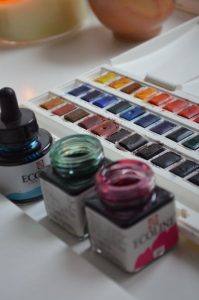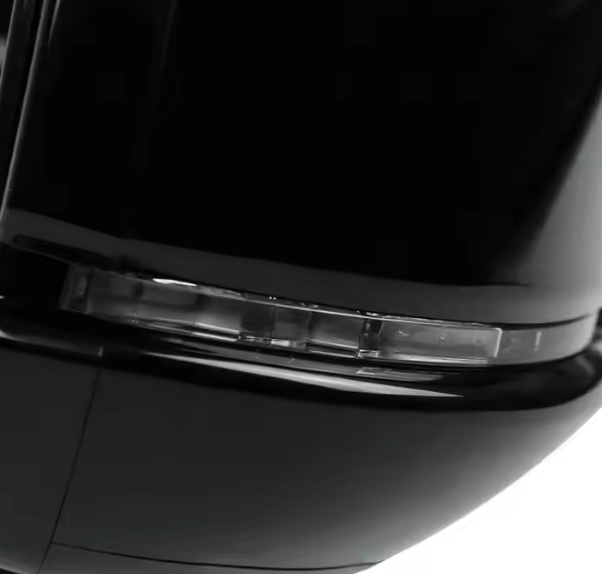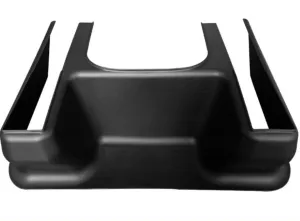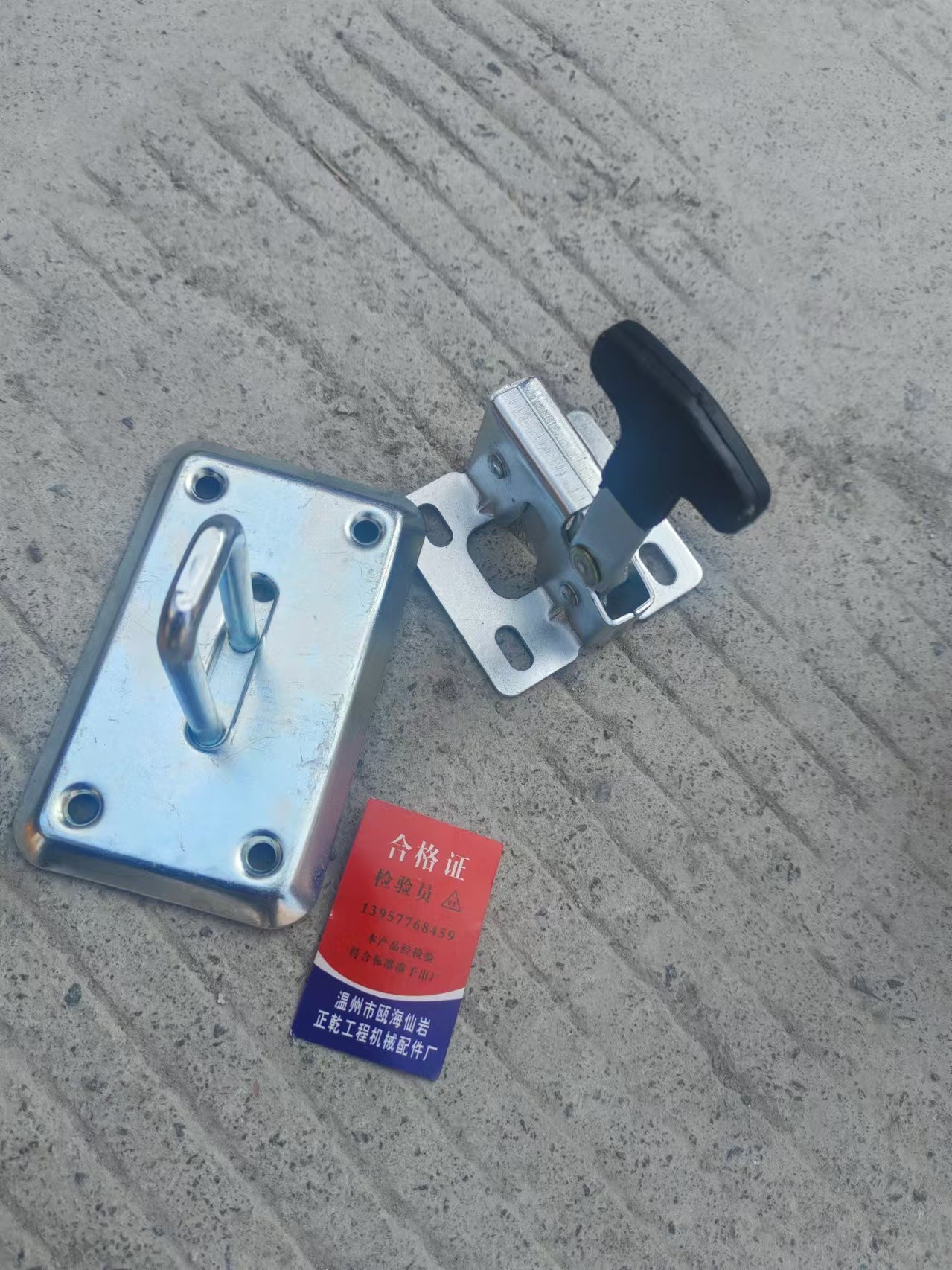Offset printing is currently the most important printing method. It is characterized by the need to use fountain solution during the printing process. Therefore, offset printing ink requires good water resistance. In the past, the binding materials for offset printing inks were mainly vegetable oils such as linseed oil, but now most of them have been replaced by various resins with better performance. Common resins include rosin-modified phenolic resin, alkyd resin, and polyurethane alkyd resin.

Main categories #
Offset printing inks are classified in different ways.
Classification according to substrate #
According to the chemical name of the substrate, it can be divided into: polyethylene, polypropylene (non-polar) ink. PVC, polystyrene, ABS polycarbonate (polar) ink.
According to the form of the substrate, it can be divided into soft plastic ink and hard plastic ink.
Classification according to printing machinery #
According to the classification of printing machinery, it can be divided into sheet-fed offset printing ink and rotary offset printing ink; different printing machinery and different substrates have different choices for offset printing ink.
1. Ink for web offset printing press
The ink used in web offset printing machines is what is usually called offset rotary ink. This kind of ink is basically of the following two types:
a. Penetration and exudation drying type: Because the printing speed of newsprint and offset paper web offset printing machines is high and the ink dries quickly, the commonly used inks are mostly of the penetrating and exuding drying type.
b. Thermosetting ink: In modern commercial web offset printing presses, a drying device is added to the second half of the printing device. To adapt to this production condition, thermosetting ink is used. This ink is heated in the drying device. The solvent in the ink evaporates so that the ink film dries quickly, and the drying oil (such as linseed oil) content in the thermosetting ink is less. While the content of petroleum agent is high, and other ingredients are similar to those of sheet-fed offset printing ink, the paper used for thermosetting ink is of better quality than the paper used for seepage drying ink.
2. Sheetfed offset printing press ink
1), offset printing gloss
Offset glossy ink is made of synthetic resin, drying vegetable oil and high boiling point alkane oil. Colloidal ink composed of high-quality pigments and additives. It is used for single-color, two-color or multi-color offset printing machines to print albums, pictures and other high-end exquisite prints on coated paper. The gloss of the ink is mainly produced by the condensation of the binder after drying. The gloss of the ink and the leveling properties of the ink film should be good. When attached to the surface of the substrate, it should be able to form a plane and directionally reflect the incident light, that is, it has a mirror effect. This is The connecting material is required to stay on the surface of the substrate as much as possible.
2), offset printing resin ink
Offset resin ink is made of synthetic resin, dry vegetable oil, mineral oil, high-quality pigments and fillers, and is formulated and ground. Offset resin inks are characterized by less vegetable oil content and a high proportion of solvents, usually high-boiling point alkanes, which play a viscosity-reducing role in the ink. When the ink is transferred to the paper, this part of the solvent quickly penetrates into the paper fibers under the action of capillaries, speeding up the drying of the ink and reducing the problem of smearing of the printed product.
3), UV offset printing ink
UV ink is used for printing in offset printing, usually called UV offset printing. UV offset printing ink is a type of ink that uses ultraviolet (UV) radiation energy to solidify liquid chemicals into an ink film through rapid cross-linking. It requires a UV curing unit in the printing press. As a kind of offset printing ink, UV offset printing ink must first be able to be printed by offset printing, so UV offset printing ink should also have some characteristics of ordinary offset printing ink to meet the requirements of printability.
4), Offset synthetic paper ink
In the absence of a UV offset printing machine, if you use a normal four-color printing machine to print cardboard, synthetic paper and other special papers where the ink does not dry easily on the surface of the substrate, you need to use offset printing synthetic paper ink. This ink is suitable for printing. Various synthetic papers (gold cardboard, silver cardboard, aluminum foil paper, special paper) and other non-absorbent printing substrates have the characteristics of fast drying and good adhesion of the ink on the printed matter. Because this ink dries very quickly, when the printing process is stopped, the ink on the rubber roller should be cleaned in time to prevent the ink from forming and drying.
Classification according to drying methods #
According to different drying methods, it can be divided into three types: penetration type, oxidative conjunctival type, and volatile type. Let’s learn more about volatile drying inks, UV-curable inks, and oxidative drying inks.
1. Volatile drying ink: It is the most commonly used ink in screen printing. The main components of the ink film are polymer substances. After printing, the solvent evaporates, and the polymer substances form the ink film. This evaporation and drying process is reversible, that is, the dried ink film can be redissolved using solvent.
After the ink is transferred to the substrate, there will be an ink film of solvent, and the solvent will evaporate first. The solvent in the ink diffuses in the atmosphere due to vapor pressure, forms a liquid film on the surface of the ink film, and then evaporates through the liquid film. In this drying process, the internal drying is generally slow, and sometimes it is necessary to blow air to speed up the drying process.
Volatile inks are easy to use and generally dry quickly, so they are widely used.
2. Ultraviolet light-curing ink (UV ink): UV ink can produce photochemical reactions and can be completely cured in a few seconds. It is increasingly used in plastic printing. The main components of the ink are photopolymerizable resin, initiator, colorants and additives. In principle, organic solvents are not used.
The main features of UV ink are: no solvent evaporation, no pollution, and environmentally friendly. It is widely used in food packaging printing. It has good printability and is suitable for printing on paper cardboard, plastic products, metal, textiles and other printing materials. It has a short curing time. , less energy consumption and good print quality.
3. Oxidative drying ink: The ink contains polymers with smaller molecular weights, which are oxidized in the air and form a polymer film through chemical reactions of heat, light or reactive substances. After this kind of ink is printed on the surface of the substrate, it generally needs to be heated to promote hardening.
With the development of science and technology, people’s requirements for environmental protection are increasing day by day, so environmentally friendly inks emerged at the historic moment. Environmentally friendly ink is also called green ink. In offset printing, it mainly includes soybean ink and ultraviolet curing ink.
main gap #
Compared with similar foreign ink products, domestic offset printing inks still have many shortcomings and cannot fully meet the needs of today’s packaging and publishing printing markets.
Manufacturing process #
Offset ink manufacturing process. The ink production process has a low degree of automation, the ink detection method has a low degree of automation, human factors affect many printing industry presses, and the stability of raw materials is poor, resulting in a gap in quality consistency and stability of ink products.
color normalization #
Offset ink colors are standardized. Internationally, offset printing ink color standards include European standards, Japanese standards, American Pantone standards and other South China printing standards. However, my country’s offset printing inks currently do not have their own color standards.
Wide color gamut ink #
Wide color gamut ink. Using wide-color gamut four-color inks instead of six-color or seven-color inks for printing can not only improve the quality of printed matter but also increase production efficiency. However, the field of domestic wide-color gamut offset printing inks needs to be developed.
Four color ink #
Four-color ink suitable for high-speed overprinting. Domestic four-color overprinting inks still need to be further improved in terms of high concentration, high transparency, vividness and excellent overprinting properties.
Environmentally friendly offset printing ink #
Environmentally friendly offset printing ink. At present, most printing manufacturers in my country’s printing industry are facing great environmental pressure. Since most of the inks used in printing contain organic solvents (compared with solvent-based inks, offset printing inks contain very little organic solvents). The volatilization and emission of organic solvents can cause environmental pollution. In addition, ink contains harmful heavy metal elements such as lead, chromium, cadmium, mercury, arsenic, and barium, which can cause great harm to the human body and the environment. Therefore, from the perspective of environmental protection and health, more and more users regard low toxicity, environmental protection and pollution-free as important conditions when purchasing inks. In my country, the research and development of environmentally friendly offset printing inks is still restricted by many factors, but for the Chinese ink industry, the ultimate realization and promotion of green inks is the development goal and ultimate pursuit.
Waterless offset ink #
Waterless offset ink. Waterless offset printing does not use fountain solution, which can be said to have made a great contribution to environmental protection. It is expected that waterless offset printing will have good development space in light paper printing in the past two years. However, waterless offset printing ink is greatly affected by the ambient temperature during the actual printing process and is easy to get dirty. It also requires special waterless offset printing equipment. In addition, because waterless offset printing plates are relatively expensive for notebook printing, its domestic application and promotion are subject to certain restrictions, and its development is slow.
Main components #
Offset printing ink is resin bright and quick-drying ink, which is composed of colorants and binders, suitability adjusters, drying adjusters, and adjusters to improve printing effects.
The role of colorants #
1. Give the ink a color and determine the concentration of the ink according to the amount used.
2. Give the ink a certain thickness and other physical properties.
3. Maximize the durability of the ink.
4. It affects the dryness of ink to a certain extent, with oxidative conjunctival drying being the most significant.
The role of connecting materials #
1. Give the ink a certain viscosity, stickiness, fluidity and thixotropy.
2. Determine the drying type and drying speed of the ink.
3. Determine the glossiness, firmness, etc. of the ink.
We who are engaged in printing work all know that different printing methods require different inks. During the printing process, lead printing requires lead printing ink; offset printing requires offset printing ink; plastic printing requires plastic printing ink, etc. Because their printing plates and printing materials are different, and the substrates to which the ink adheres are different, they require various types of inks with different suitability. For example: the inks used in offset printing and gravure printing are two completely different printing methods, and the required viscosity and yield value of the ink are also different. However, what is the difference between various inks? It lies in the binder of the ink. Therefore, different printing methods have different flow properties and drying properties of ink. For example, lead printing requires penetration drying, offset printing ink requires oxidative conjunctival drying, and plastic printing requires volatile drying and oxidative conjunctival drying. Because plastic printing cannot penetrate and dry, plastic does not absorb any ink at all. The color materials of these three inks are the same. The difference lies in the binder in the ink.

 April 1, 2024
April 1, 2024 










